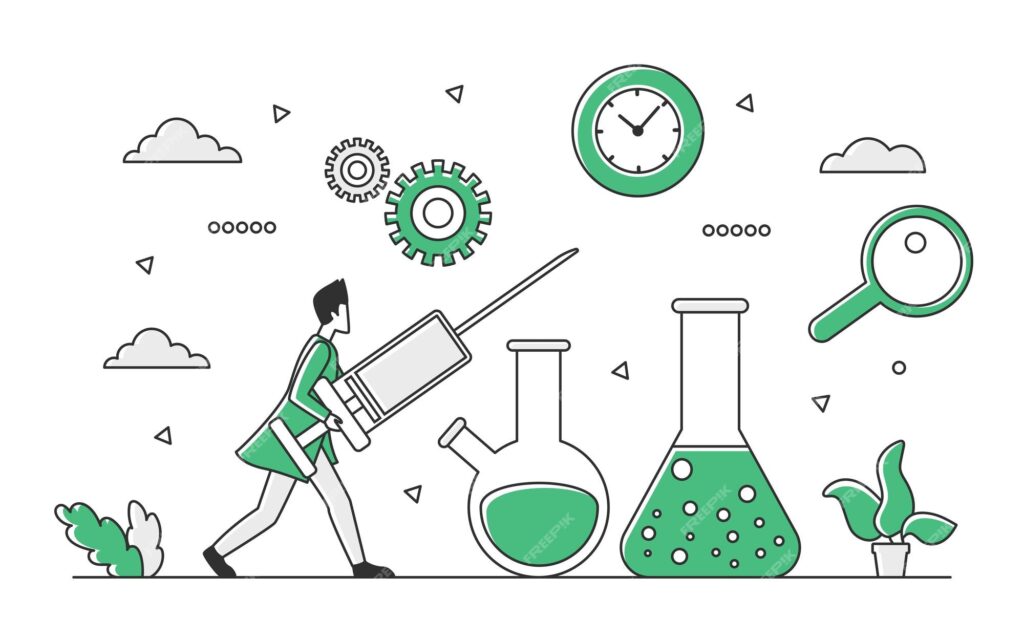Innovations in Drug Discovery: Finding New Therapeutic Agents
Innovations in Drug Discovery: Finding New Therapeutic Agents

Innovations in Drug Discovery: Finding New Therapeutic Agents
Innovations in Drug Discovery: Finding New Therapeutic Agents
Evolution of Fully Integrated Pharmaceutical Companies (FIPCOs)
Traditionally, leading pharmaceutical companies have been involved in every stage of the research and development (R&D) pipeline, from target identification to drug marketing. These companies, commonly referred to as fully integrated pharmaceutical companies (FIPCOs), have enjoyed a dominant position in the industry. However, over the past decade, FIPCOs have increasingly relied on externally invented assets obtained through partnering, mergers, and acquisitions (M&As) to bolster their pipelines.
The integration of externally sourced assets has become a prominent strategy for FIPCOs, considering the long development cycles and the growing collaboration between pharmaceutical and biotech companies. Despite this trend, the precise origins of innovation in the pharmaceutical industry are not always apparent. One reason for this ambiguity is that regulatory approvals for innovative drugs, such as those granted by the FDA, are often attributed to the company filing the application rather than the company responsible for discovering the active pharmaceutical ingredient.
The Role of Collaborations and Mergers
Collaborations and M&As have emerged as crucial drivers of innovation in the pharmaceutical industry. By joining forces with external partners, pharmaceutical companies gain access to novel technologies, expertise, and intellectual property, accelerating the drug discovery process. Biotech companies, in particular, have become key players in this landscape, contributing significantly to the development of innovative therapeutic agents.
In a recent analysis, it was revealed that three of the top 20 biopharma companies, namely Amgen, Biogen, and Gilead Sciences, were founded after 1976. These companies, initially classified as biotech firms, have played a substantial role in shaping the pharmaceutical landscape. Their contributions to the discovery and development of new therapeutic agents have been instrumental in addressing unmet medical needs and advancing patient care.
Challenges and Opportunities in Drug Discovery
While collaborations and mergers offer tremendous opportunities for innovation, they also present unique challenges. One such challenge is the integration of diverse organizational cultures, expertise, and processes. The successful alignment of these factors is crucial for realizing the full potential of collaborations and M&As in drug discovery.
Moreover, the increasing complexity of diseases demands innovative approaches to target identification and validation. The traditional “one-size-fits-all” approach to drug discovery is no longer sufficient. Instead, a personalized medicine approach, leveraging advancements in genomics, proteomics, and other omics technologies, holds great promise. By understanding the genetic and molecular basis of diseases, researchers can develop targeted therapies tailored to individual patients, resulting in improved efficacy and reduced side effects.
Harnessing Data and Technology
In the era of big data, the pharmaceutical industry has recognized the immense potential of harnessing data for drug discovery. By leveraging advanced analytics, artificial intelligence (AI), and machine learning algorithms, researchers can analyze vast amounts of data to identify patterns, predict drug responses, and optimize drug design. This data-driven approach enables more efficient and cost-effective drug discovery, reducing the time and resources required to bring new therapeutic agents to market.
Additionally, advancements in technology have revolutionized the drug discovery process. High-throughput screening techniques, such as combinatorial chemistry and virtual screening, have expedited the identification of potential drug candidates. Furthermore, the development of sophisticated imaging technologies and biomarker assays has facilitated the evaluation of drug efficacy and safety, enabling researchers to make more informed decisions during the drug development process.
Regulatory Considerations
The regulatory landscape plays a crucial role in the drug discovery and development process. Regulatory agencies, such as the FDA, ensure that new therapeutic agents meet stringent safety and efficacy standards before they can be approved for clinical use. However, the evolving nature of drug discovery poses challenges for regulatory frameworks, which need to adapt to accommodate innovative approaches and emerging technologies.
Regulatory agencies are increasingly embracing a more collaborative and flexible approach, recognizing the need to balance patient safety with timely access to innovative therapies. Expedited review pathways, such as the FDA’s Breakthrough Therapy designation, enable the accelerated development and approval of promising drugs for serious or life-threatening conditions. These regulatory innovations foster an environment conducive to innovation, encouraging pharmaceutical companies to pursue novel approaches in drug discovery.
Future Perspectives
The future of drug discovery is poised to witness even greater advancements and innovations. As our understanding of diseases deepens and technology continues to evolve, researchers will have unprecedented opportunities to develop targeted therapies that address the underlying molecular mechanisms of diseases. Personalized medicine will become increasingly prevalent, with treatments tailored to individual patients based on their unique genetic profiles and disease characteristics.
Furthermore, collaborations between pharmaceutical companies, biotech firms, academic institutions, and even patient advocacy groups will become more integral to the drug discovery process. By combining diverse expertise and resources, these partnerships will foster a collaborative ecosystem that drives innovation and accelerates the development of safe and effective therapies.
In conclusion, the landscape of drug discovery is undergoing a transformative shift. The traditional model of fully integrated pharmaceutical companies has expanded to incorporate externally sourced assets obtained through collaborations and M&As. The integration of novel technologies, data analytics, and advanced screening techniques has revolutionized the drug discovery process, enabling researchers to identify and develop innovative therapeutic agents more efficiently. As the industry continues to evolve, regulatory frameworks must adapt to support the timely approval of groundbreaking therapies. With ongoing advancements and collaborations, the future holds immense potential for the development of personalized medicines that improve patient outcomes and address unmet medical needs.





